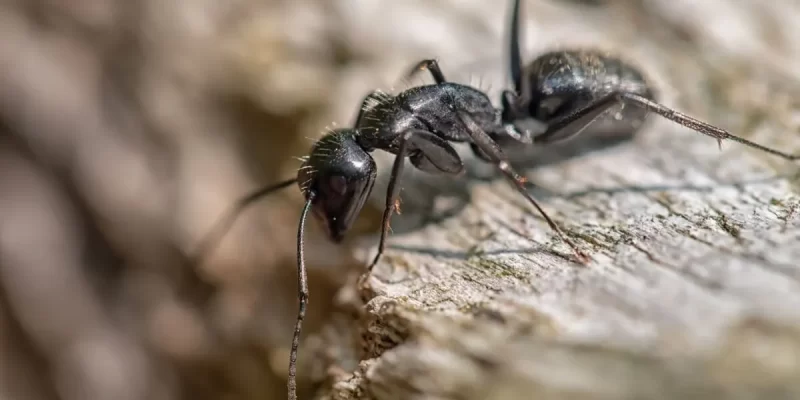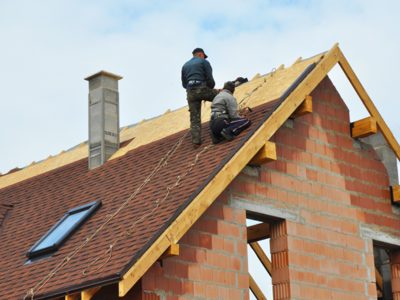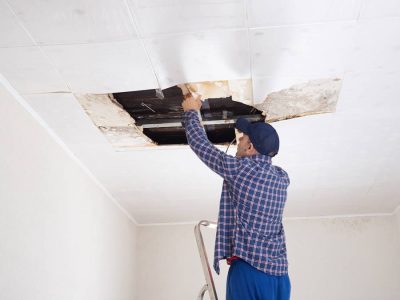Ants may seem like minor household annoyances, but ignoring an infestation can lead to significant and even dangerous consequences. These tiny invaders are more than just a nuisance, they threaten health, property, and overall cleanliness. Taking prompt action is essential if you want to protect your home or business from their harmful effects. With professional pest control services from United Pest Solutions, you can effectively address ant infestations and prevent them from returning.
Here are some reasons why letting an ant infestation persist is never a good idea.
Health Risks Caused by Ants
Ant infestations can compromise the health and safety of everyone in the affected space. Certain species, such as pharaoh ants, carry bacteria like Salmonella and Staphylococcus, which can contaminate food and cause illness. Ants also forage in unsanitary areas such as trash bins, drains, or animal waste, spreading harmful microbes as they travel through your home or business.
In addition, ant bites and stings from species like fire ants can result in painful reactions, including swelling, itching, or, in severe cases, allergic responses requiring medical attention. Prolonged exposure to ants can also increase the risk of rashes and skin irritations due to the chemicals they leave behind.
Structural and Property Damage
Few people realize that ants can cause significant structural damage to buildings. Carpenter ants, for instance, pose a danger similar to termites. They burrow into wood to expand their colonies, potentially weakening the structural integrity of furniture, walls, and foundations. Over time, this damage can grow more severe and lead to costly repairs.
Other species, such as pavement ants, nest under concrete slabs, driveways, and walkways, causing outdoor areas to become uneven or unstable. While these pests might seem small on their own, their presence in large numbers can have a surprisingly destructive impact.
Food Contamination
Ants are naturally drawn to food sources, particularly sugary and greasy items. This makes pantries, kitchens, and garbage bins their preferred hunting grounds. Once ants access food, they can contaminate it with their saliva, droppings, and microbes picked up along their foraging trails.
This contamination not only leads to wasted food but also the potential spread of illnesses if ingested by humans or pets. Restaurants, cafeterias, and other commercial food establishments, in particular, are vulnerable to reputational and financial damage resulting from ant infestations.
Rapid Colony Growth
One of the most alarming aspects of an ant infestation is how quickly colonies grow. Ants reproduce at an astonishing rate, and ignoring their presence gives them time to establish extensive networks of nests. Some species, like Argentine ants, can form massive supercolonies with millions of workers, making them particularly difficult to control without professional intervention.
The longer you wait to address an infestation, the more challenging and expensive it becomes to eradicate the problem entirely.
Risk of Secondary Pest Infestations
Ants don’t always operate alone. Their presence can attract other unwanted pests, such as spiders and wasps, which may see ants as a food source. Secondary infestations create a more complex and dangerous pest problem, requiring additional treatments to address effectively.
Conclusion
Ants might be small, but their impact can be anything but. Don’t make the mistake of dismissing their presence as a minor inconvenience. By taking immediate action, you can avoid the longer-term dangers and financial burdens that come with unchecked infestations.
If you suspect you have an ant problem, contact professional pest control experts to protect your home or business. An integrated pest management approach ensures efficient removal and helps keep your spaces safe and ant-free over the long term.













Comments